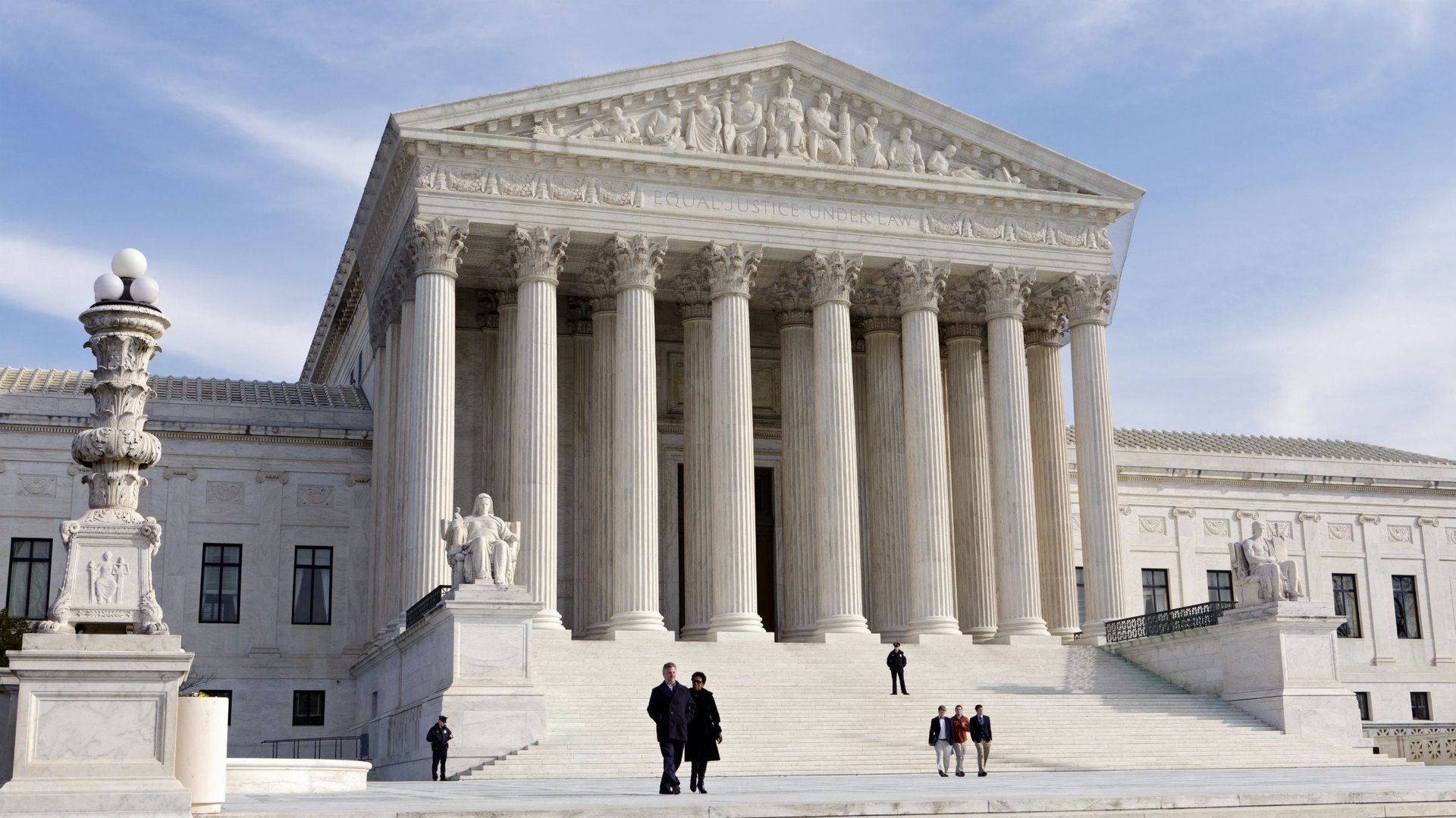Can you discriminate without meaning to? The US Supreme Court will decide
The Wall Street Journal has a great story this morning on a big civil rights case going before the US Supreme Court. At issue: A prominent legal strategy called “disparate impact” that’s used to prove discrimination even in the absence of intent.


The Wall Street Journal has a great story this morning on a big civil rights case going before the US Supreme Court. At issue: A prominent legal strategy called “disparate impact” that’s used to prove discrimination even in the absence of intent.
In other words, America’s highest court is going to decide if companies and policies can be accidentally racist.
The core of the case is about a Texas tax-credit program used to subsidize low-income housing. Housing advocates say the program concentrates poverty by putting too many developments in poor, minority areas and too few in wealthier, whiter neighborhoods. Developers say they’re just trying to get the projects built for the best deal, and low-income areas are the cheapest to build in.
A disparate impact test would say whether the developers’ argument is a sufficient reason to avoid spreading out their projects.
The tactic went mainstream in 1971 after the Supreme Court suggested its use; it’s found in civil rights enforcement in lots of other areas, like lending and employment. If it gets struck down, it’ll be harder for regulators and civil rights groups to go after perceived discrimination.